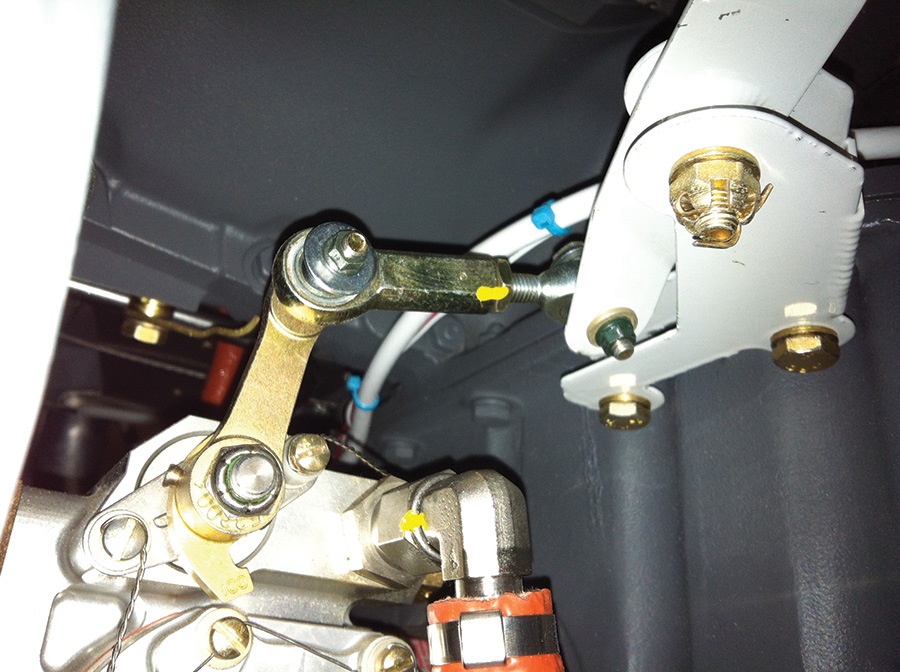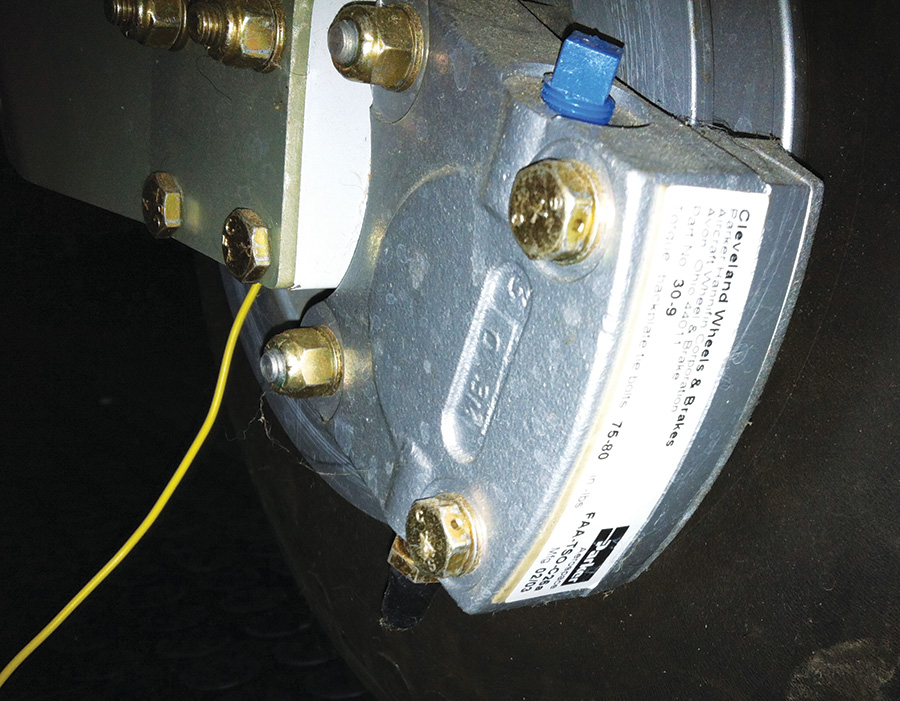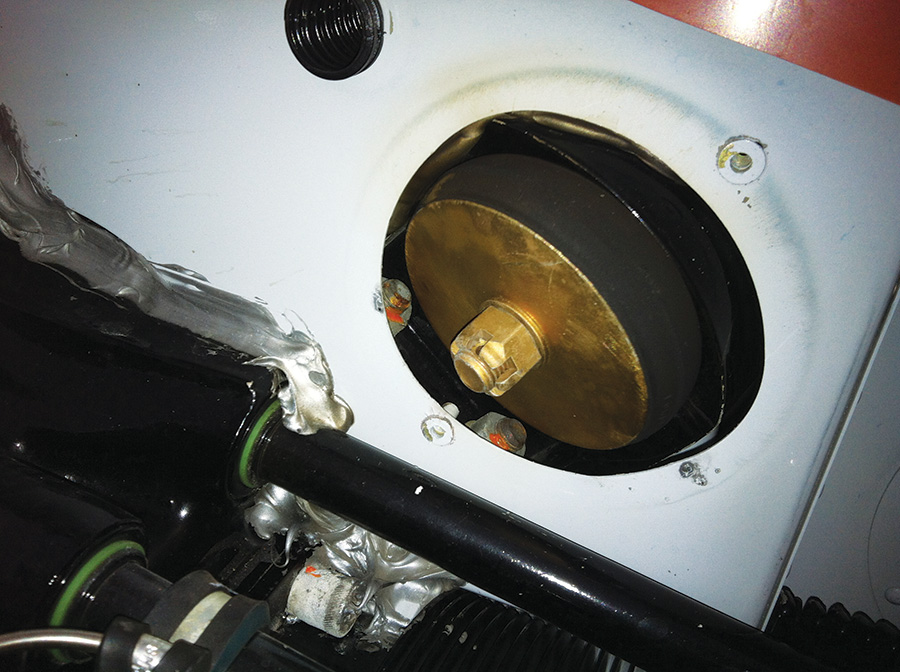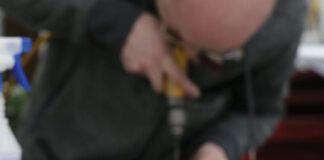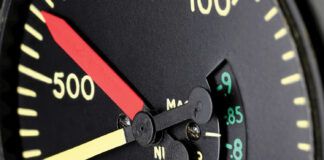The initial airworthiness inspection for builders and the condition inspection for non-builders of Experimental/Amateur-Built aircraft seem to cause a lot of concern. While there’s no doubt that for some the concern is justified (I’ll add some color to that comment a little later), both inspections are quite similar and not all that difficult. Each has the same objective: to insure the aircraft is in a condition for safe operation. From the phone calls I receive, it appears the trepidation of the initial airworthiness inspection stems more from a lack of knowledge as to what is required, and the condition inspection for non-builders stems from possible unexpected costs. Both rank up there with a visit to the flight physician or dentist.
In this column I will cover the initial airworthiness inspection, and in a future column I’ll tackle condition inspections.
So, let’s discuss exactly what “condition for safe operation” means and how to best verify that. Preparing for the initial airworthiness is really quite straightforward these days. There are certainly lots of resources such as online help and local EAA chapters. There’s even a complete packet with all of the required forms that is available from EAA for $15. As I mentioned in an earlier column, I recommend that you find a DAR early in the process, and you will probably get all of the help you need, thereby eliminating surprises or delays. All of the inspections that I have seen delayed have been due to paperwork issues, so let’s discuss the most common causes.
Here’s a great example covering a number of things: Torque Seal on B-nuts and jam nuts, cotter keys on bolts subject to rotation, and metal lock nuts in the engine compartment.
Prior to the initial airworthiness inspection being authorized, the aircraft has to be registered, and for that to occur the FAA needs three things: an application for registration, a bill of sale traceable back to the kit manufacturer or original builder, and an affidavit of ownership. If these three requirements are incorrectly done, they get sent back to you, and when you resubmit them, you go to the bottom of the stack again. This can add some very lengthy delays right when you are anxious to get flying.
The application for registration, form 8050-1, is one of the few FAA forms that cannot be downloaded. Most FBOs will have one, especially if they are an active aircraft sales operation. This one has carbon copies, and while prior-certified aircraft can use the pink copy as a temporary registration certificate, it is not allowed for the initial registration. You should fill this one out with your reserved N-number (if you have reserved an N-number, write a short note asking them to assign it to this aircraft). Otherwise, leave it blank and they will assign you a number.
The bill of sale seems to snag a few builders as well. Most of the kit manufacturers have learned that everyone loses these, so they now send them out upon request at the end of the project to the kit owner. The problems seem to occur primarily where there have been multiple owners. It is not sufficient to submit only the bill of sale from the last builder to you. All of the prior bills of sale must be included back to the original manufacturer. So hang on to them when you purchase a kit. Put them in a safe place with all of your other valuables. By the way, a bill of sale can be the downloaded FAA form 8050-2 or a bill of sale/sales contract that you and the prior owner have signed and dated.
The affidavit of ownership is downloadable as form 8050-88. This one needs to be notarized, so don’t forget to have that completed before you send these three documents, along with $5, to the FAA Aircraft Registration Branch in OKC. Normally, it will take three to six weeks, depending upon their workload (or sequestration), to get your registration card back to you. For those who wait until the last minute, there are a couple of companies located in OKC that will hand carry the paperwork through the FAA process within a day or so.
Once the aircraft is registered, you can begin your application for airworthiness. This is another downloadable form, 8130-6. Where appropriate, such as builder, owner, N-number, etc., it should exactly match your aircraft registration card. Your DAR will help you with this, along with any other documentation that is needed, such as a program letter, eligibility statement (FAA form 8130-12), weight and balance, 3-view drawings, etc.
Yep, some think the paperwork is bigger than the project itself! Eventually we do get through it, and we can get on to the nuts and bolts (pardon the pun) part of the inspections. This is where the fun starts. (Remember in an earlier column I wrote that we were supposed to be having fun.) I really do have fun performing initial airworthiness inspections because for first-time builders, it is a lifetime event. And sometimes the situations themselves can have some levity.
I like to see the aircraft completely open, meaning I have access to the entire control system. The cowling should be removed, along with the tail fairing and wheelpants. It is not necessary to remove wingtips or gear leg fairings.
The most common greeting I get when I arrive is, “I’ve had my A&P, IA, Tech Counselor, etc., look it over and we are ready for you.” I love the fact that the builder is willing to have others look at his/her aircraft, but in seven years of inspections I have found that some of these have the most discrepancies. The funniest one was hearing this exact statement as I was walking towards the airplane from the right side, with the red nav light staring me in the face. Very politely I said that I thought we usually placed the green light on the right side. The look on everyone’s face as they stared at the light, then at each other, and then back at the light was unforgettable.
I’m usually doing a cursory look as I am walking towards the airplane. On another aircraft I noticed that neither of the main wheels had cotter keys on the axle nuts. When I mentioned it to them, I was firmly told that they had them “cranked down as tight as they could and they weren’t going anywhere as they had already completed taxi testing!” Needless to say, the rest of the airplane received a very thorough inspection and required multiple trips to rectify the discrepancies. Intentions were good, but unfortunately, they didn’t make use of available resources during the build process.
On an RV-10 I discovered more than 40 rivets missing from the vertical stabilizer mainspar. On a meticulous plans-built and spotless, show-quality Pitts, I discovered a loose B-nut on the main oil line from the sump back to the inverted oil system. I could turn it with my fingers. On this same aircraft the oil temp sender was missing the safety wire. Both of these could have eventually caused catastrophic results. I really recommend that everyone check each jam nut and B-nut with a wrench and then add Torque Seal. I still check them, but at least I know that supposedly someone else did the same.
Here are some of the more common discrepancies I’ve found on initial Airworthiness Inspections:
• Loose jam nuts on control rods and rod end bearings: I find more of these loose than any other single item, so much so that if I don’t find one, I recheck. I believe that the recently issued service bulletin from Van’s pertaining to elevator spar cracking is due to this very cause. Torque Seal works well here, too.
• Missing cotter keys: Wherever the bolt is subject to rotation, castellated nuts along with cotter keys are required. I have seen more than one aircraft without cotter keys on the engine mount bolts and mainwheel axle nuts.
• Data plate compliance: This is really a simple area, but gets confusing for some. There are only three things required on the data plate: make, model, and serial number. All three of these are on your registration card and should be on the data plate in the exact same format. And the data plate needs to be of stainless material.
• Baffling: Many builders forget to tie the under-cylinder baffling together, as well as sealing the baffling to the engine with RTV or some other sealant.
• Safety wire: Common areas are the brakes (not required on all brakes), engine compartment (oil temp senders with AN-900 gaskets, oil filters, gascolators), and flap actuators on RVs.
In all of the inspections I have ever completed, only one builder disagreed with my findings, and that was regarding the need for safety wire on the oil temp probe. (Once I showed him the hole for the safety wire, he agreed.) They have all been really fun for me. I love seeing the ingenuity by some of the builders, and I have taken away some ideas and incorporated them myself.
In the end, we all have the same focus, letting the real fun begin. Safely.

![]()
Vic is a Commercial Pilot and CFII with ASMEL/ASES ratings, an A&P, DAR, and EAA Technical Advisor and Flight Counselor. Passionately involved in aviation for over 36 years, he has built nine award-winning aircraft and has logged over 7400 hours in over 65 different kinds of aircraft. Vic had a career in technology as a senior-level executive and volunteers as a Young Eagle pilot and Angel Flight pilot. He also has his own sport aviation business called Base Leg Aviation.

